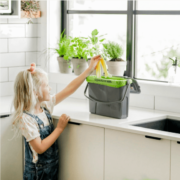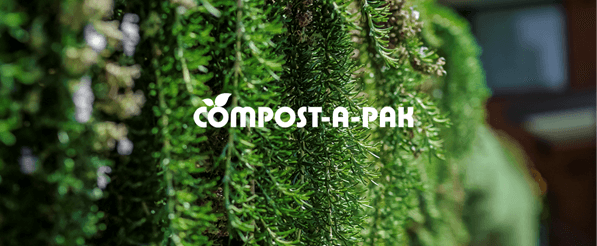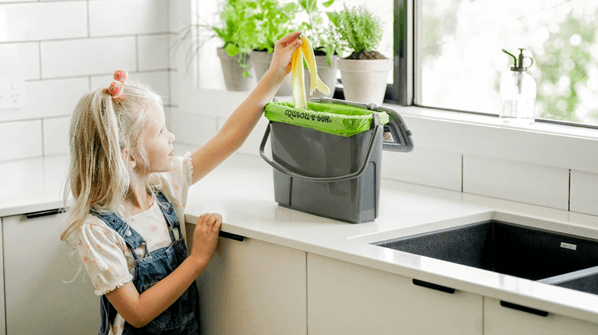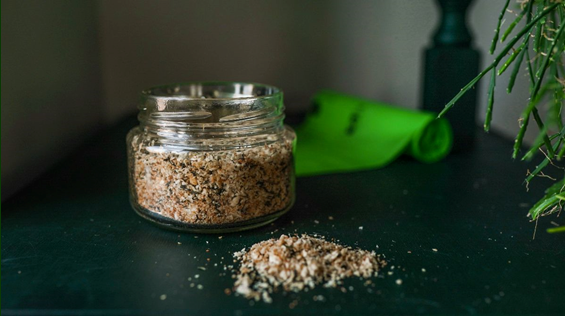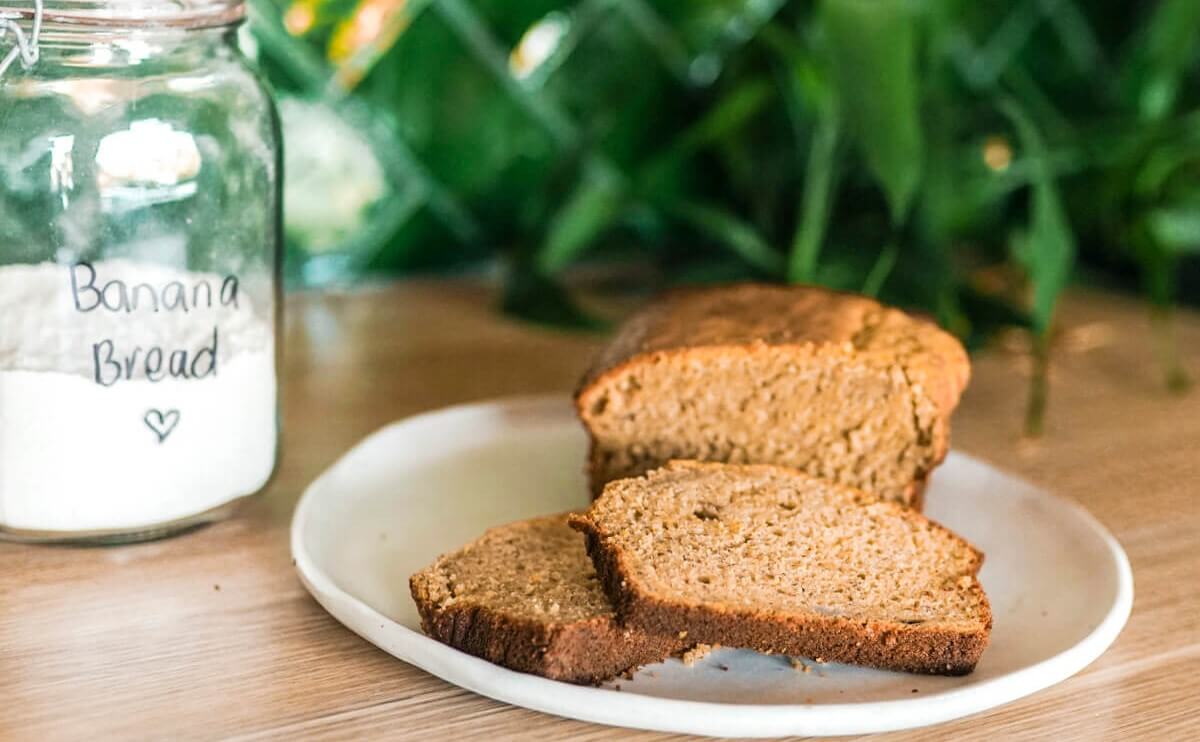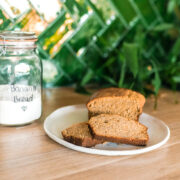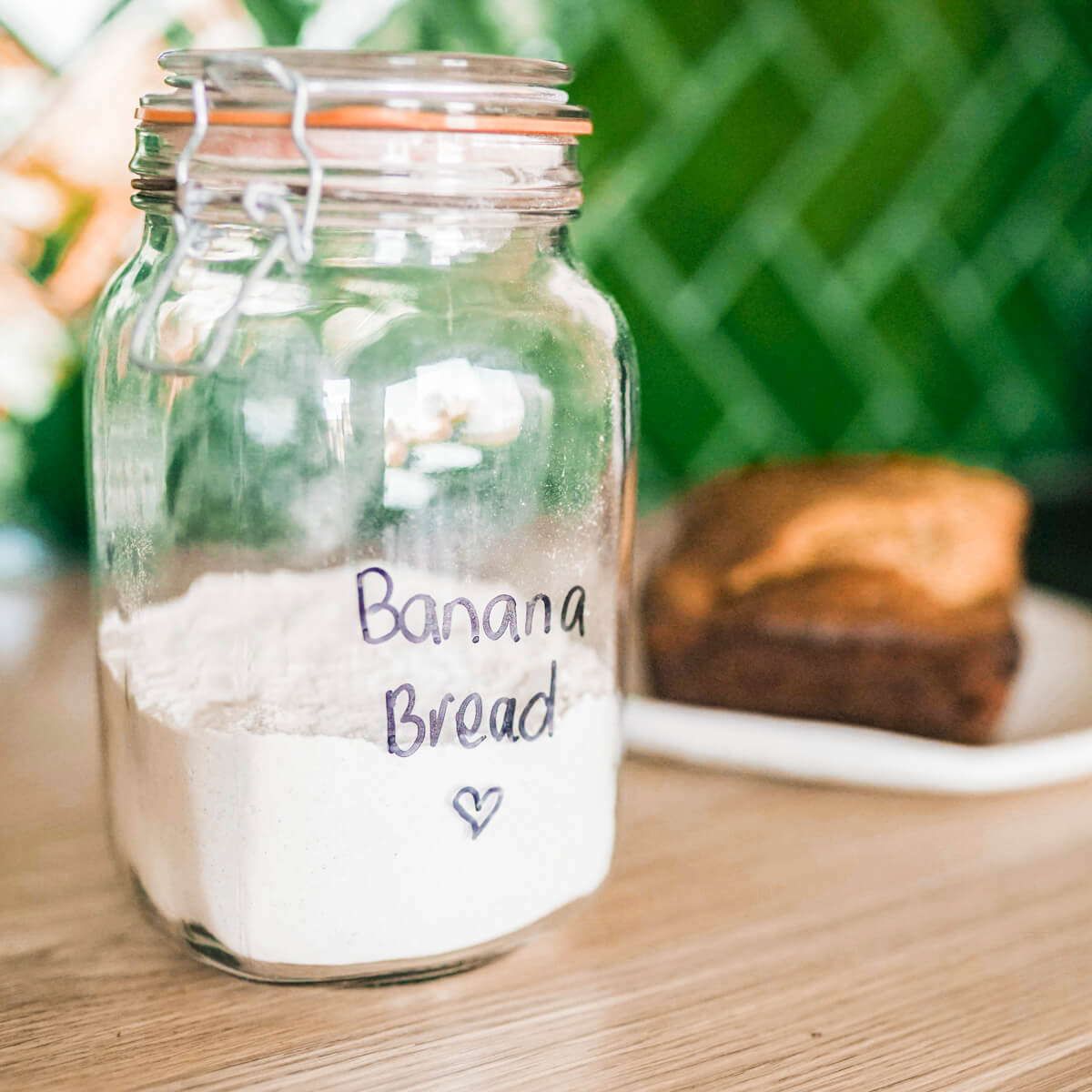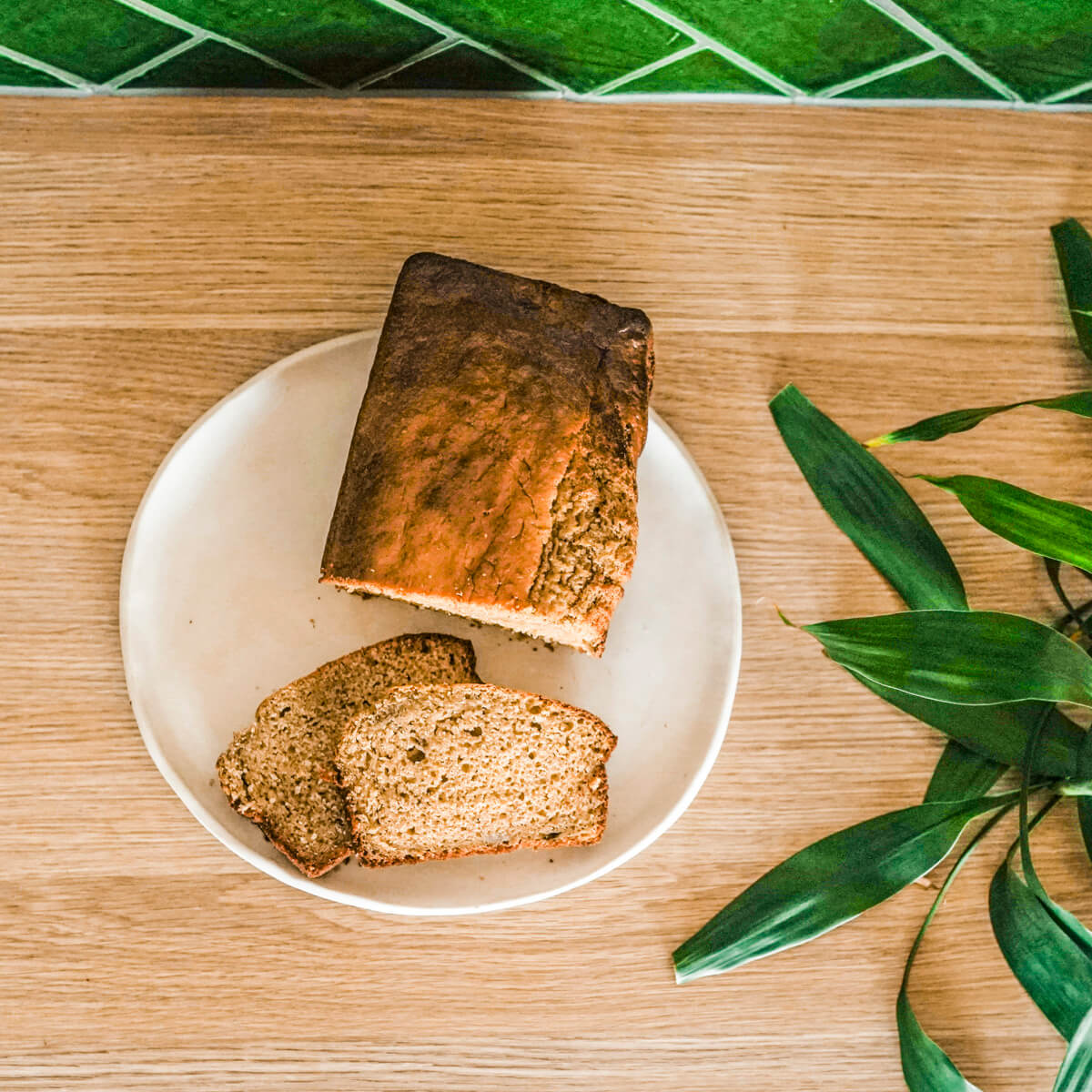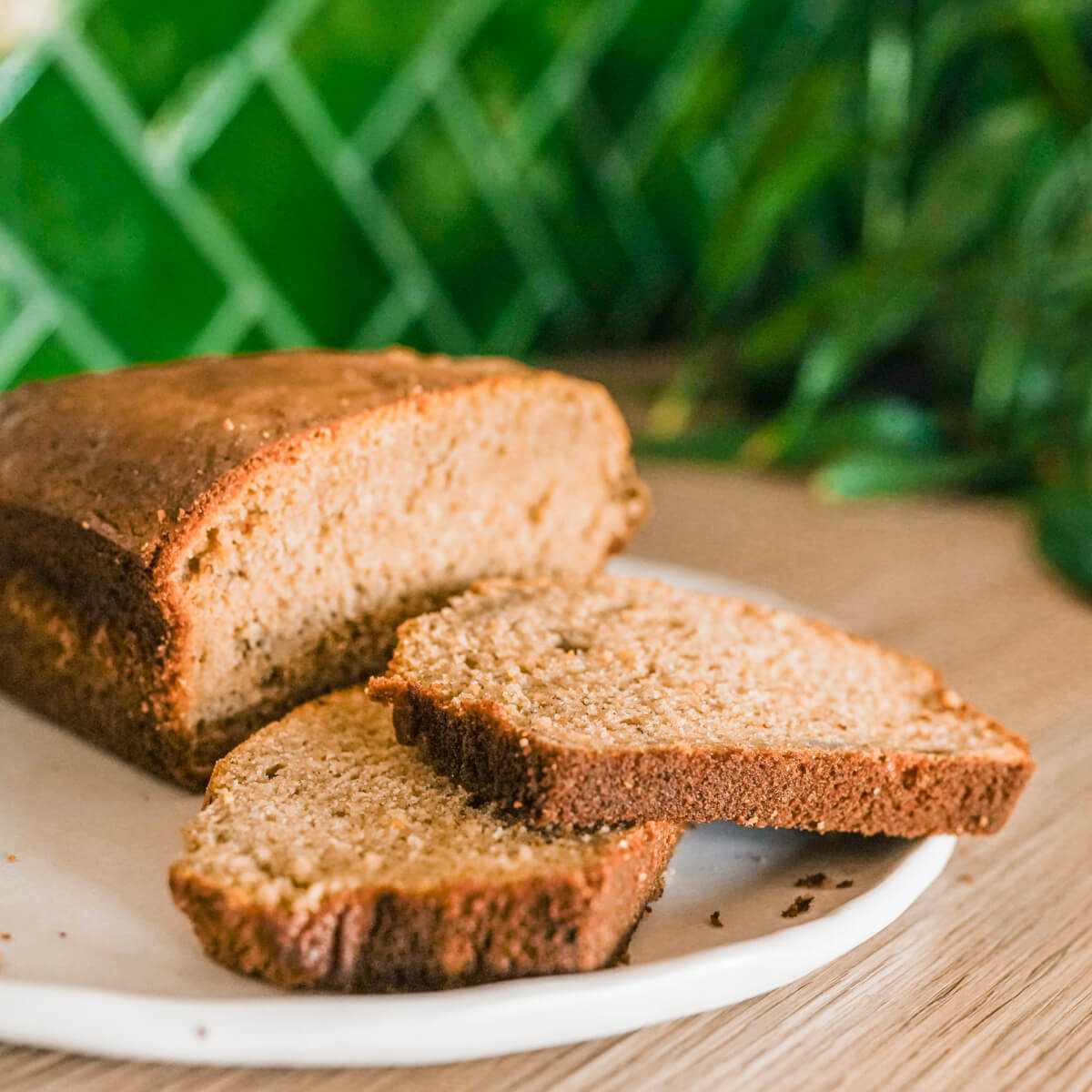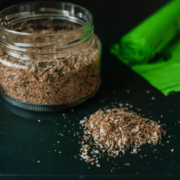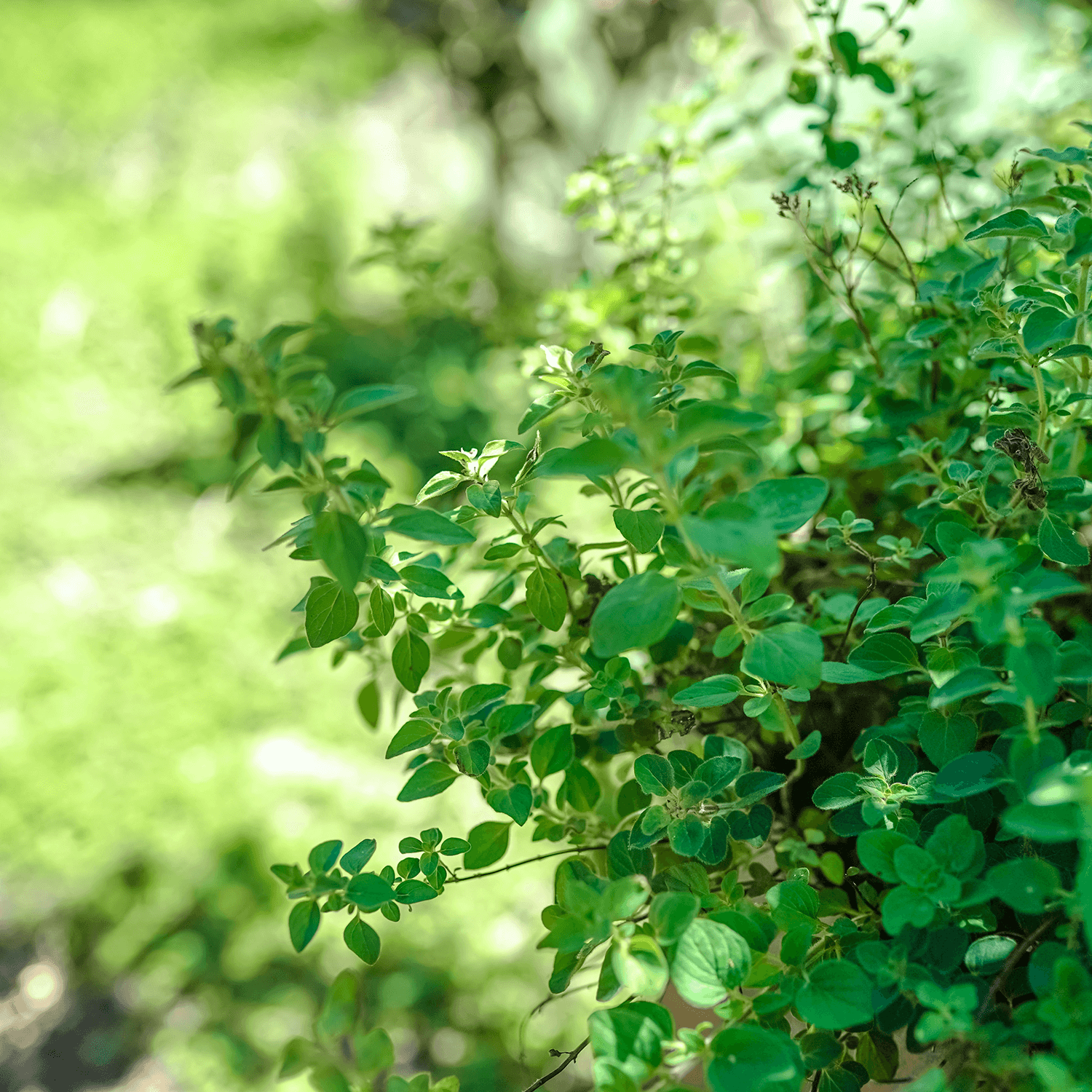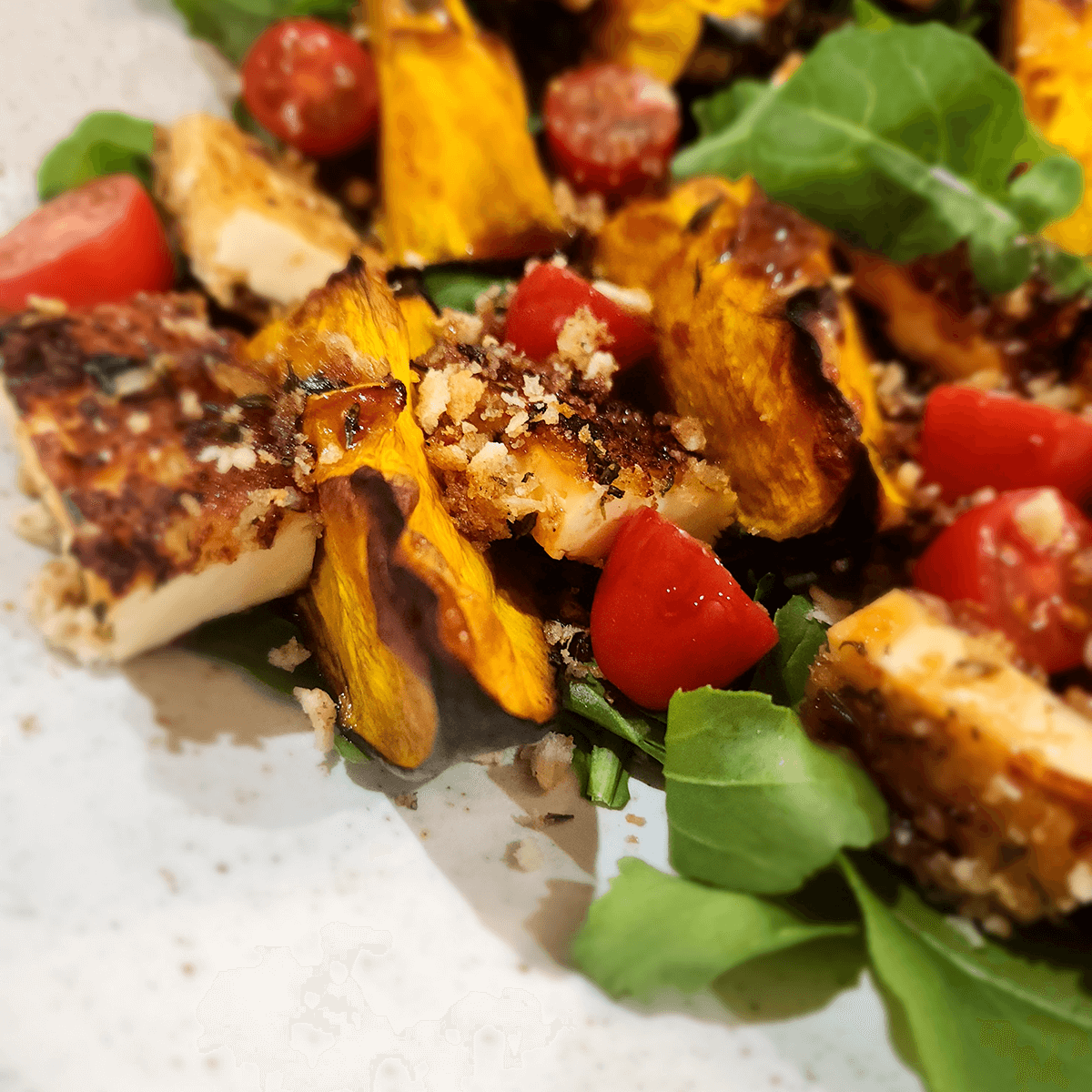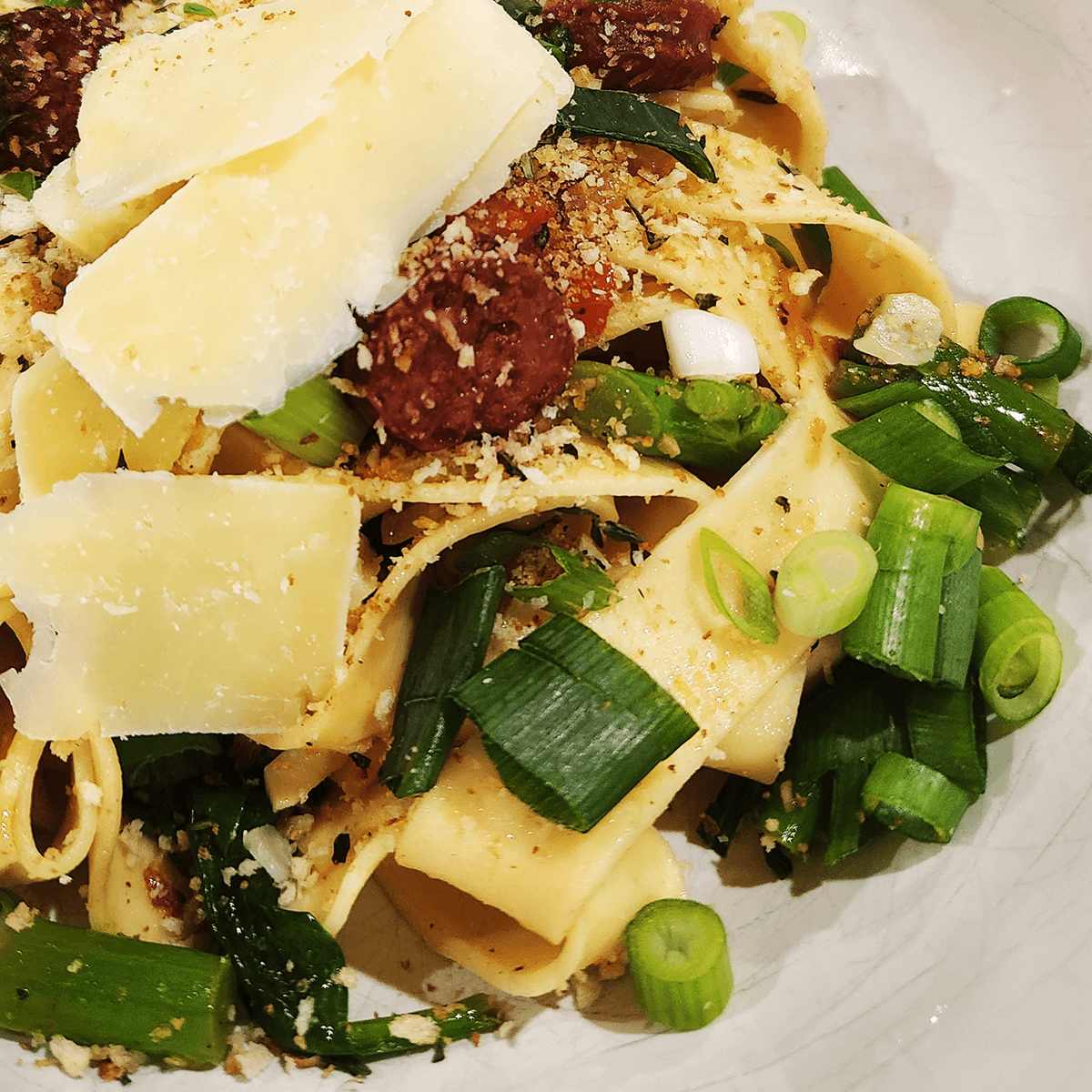Our Family’s Spring Commitment
Our native hibiscus has started to renew, our Spring Herbs are thriving, and the bees are buzzing around the lavender… just like that spring has arrived!
Our family is in that brief lull between winter and summer sporting activities, and so for a change weekend activities are at my discretion. Hats on, we are hitting the garden.
I’ve been inspired by my neighbour who has recently given me a few of her mini cabbages. Simply steamed with a little butter, salt and pepper, it was delicious! The mini cabbages are such a convenient serving size, so it’s straight from the garden, steamed and onto our plates. Perfect convenience food! I’m hoping they will thrive in my garden as well and in a few months, we will be feasting on our own cabbages. I just hope the white moths don’t find out!
Hopefully many of you now have access to FOGO. Approximately 30% of Australian households can now place their food in their Kitchen Caddy for composting. For the larger cities, it’s coming soon, with new processing facilities being built all over Australia. This small change in so many households is making a real difference, reducing emissions and our contribution to global warming. But we need to do more.
I’m on a mission this season to try to further reduce our food waste. Although we compost, food is scarce, as are the resources used in the production, packaging, and transportation of food. Australian research has identified our top wasted food items, and I’m sorry to say our family is not unique. Bread, Bananas, Bagged Lettuce/ Salad, and meat. Milk does also appear in the research, however with my kids, it’s definitely not a problem.
So here are my go-to tips to reduce our three most wasted food items.
Australia’s most commonly wasted food
#1 Bread
I’ve reduced how many loaves of bread I buy, swapping to wraps for the kids once my first loaf runs out, given their much longer shelf life. I also have fruit loaf in the freezer for toast. The kids love it, and the toaster defrosts and toasts it, so it’s just as convenient.
My favourite recipe when I do have stale bread is Italian breadcrumbs. Perfect as a garnish on pasta, meat or roasted veggies. Amazing on a cheese platter with my favourite goat’s cheese or hummus. It’s so good you will be buying extra bread just to replenish!
Australia’s most commonly wasted food
#2 Banana
It’s common to find really ripe bananas in our pantry which the kids refuse to eat, so we have our banana bread recipe down to a fine art. I actually premix the dry items, so all the kids need to do is mash bananas, melt butter and add eggs and Milk. So easy. Once cooled, I then add it to our ‘recess drawer’ in the freezer, and the kids choose each morning what they are going to take for the day.
Australia’s most commonly wasted food
#3 Bagged Lettuce and Salad
I rarely buy lettuce. I find it often smells out of date from when you even open the bag. Instead, it’s always sown in our garden. For the times of the year when it might be more difficult to grow, my rocket always gets me through. When I started our small garden I purchased lots of different lettuce seeds, to see what worked best for our location. Now we have a few options which thrive and so as one garden bed is coming to maturity, I start to plant the next. Growing greens is so easy, even in pots all you need is sunshine and a relaxing daily watering routine and you will be eating fresh greens within weeks.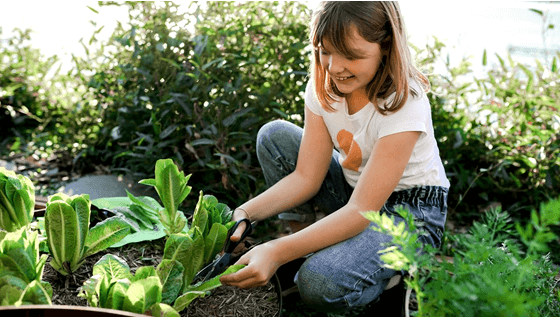
Enjoy the sunshine and natural spectacle which is spring,
Mel

